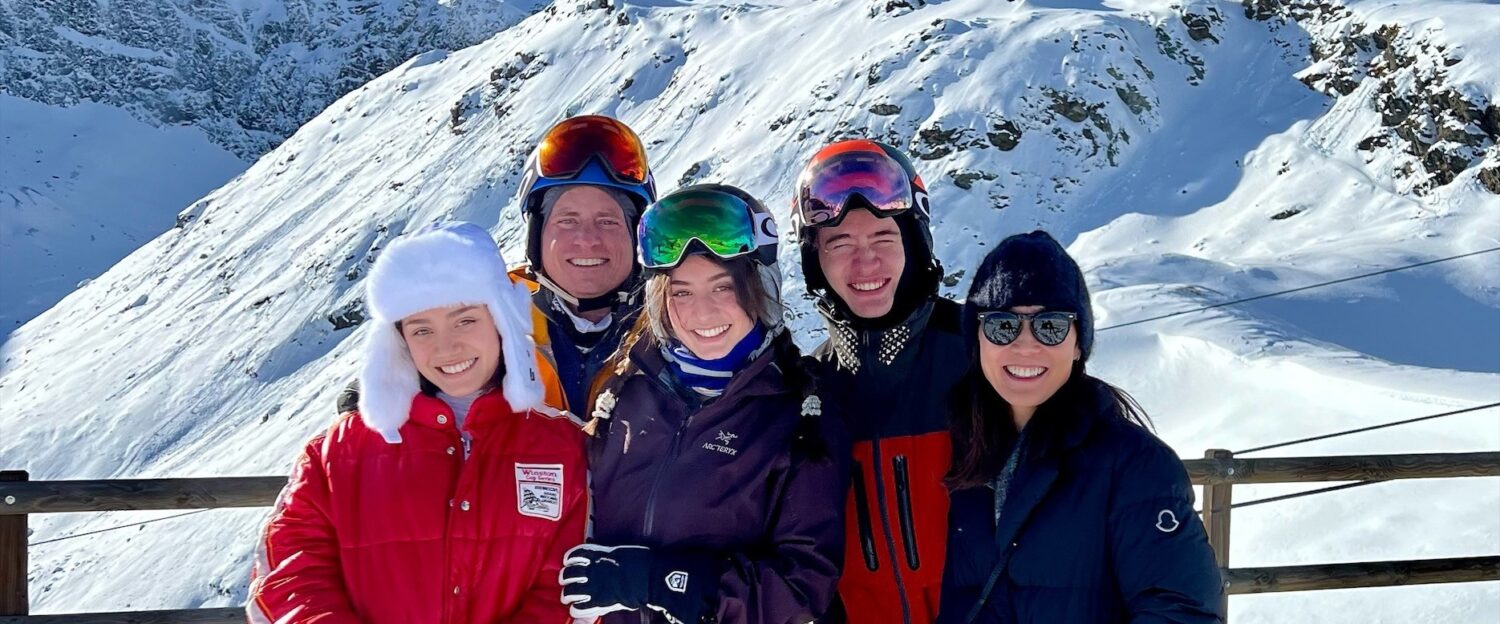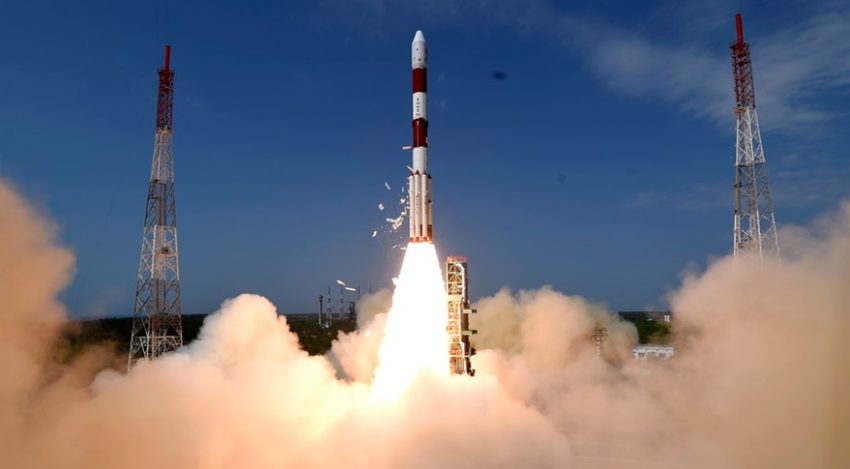This trip marks the beginning of the next chapter. But it will take time to move on from the last one: Marian and I spent the better part of 20 years building an amazing company and made the difficult decision to exit it entirely this summer (due to a number of factors our final separation wasn’t completed until a week before we left for Asia). Over those 20 years we started multiple businesses, and eventually merged them together to create Spaceflight Industries, which today consists of three business: BlackSky (an earth observation business), Spaceflight (a launch services company) and LeoStella (a satellite production company). We grew each to become a leader in their respective market segments.
This week has been a monumental week for Spaceflight Industries. On Thursday (Korea time) an Indian PSLV rocket placed 31 satellites into a polar orbit around Earth. Many of those satellites were there because of Spaceflight. The last satellite to be deployed from the rocket was BlackSky’s Global-1 satellite, a revolutionary earth observation spacecraft because of its cost and performance capabilites. It is the first of many that will be deployed over the coming years. Within hours the satellite stabilized itself and sent back messages to controllers in Seattle, indicating it was alive and well, and ready for a multi-year mission to image our planet in a way that has never before been possible. This was the second BlackSky satellite orbited, and the first intended for commercial use. It represents the realization of a dream conceived in 2013 and made a reality by five years of tremendously hard work.
This is one of two major milestones for Spaceflight Industries in the span of a week. The other is the launch of Spaceflight’s SSO-A mission, which will place dozens of satellites into orbit, including the BlackSky Global-2 spacecraft. Spaceflight was founded as a rideshare company – we would buy the excess capacity on existing launch vehicles to launch small hitchhiker payloads. The company signed its first contracts in 2011 and conducted its first launches in 2013. By 2015 the small satellite “gold rush” resulted in far more demand for launch capacity than there was availability in the market. We made the bold move to buy a full rocket based on the belief that we could fill it all ourselves. At the time, the cheapest rocket we had access to was a SpaceX Falcon 9, so we purchased one for around $60M.
This launch, termed the Small Satellite Express, represents the largest rideshare mission ever attempted. Typically you buy a rocket to launch a single satellite. We bought a rocket to launch at least 60 satellites. Most people still think we were crazy and it will be a while before a similar mission is repeated. The launch, like most, has been slowly sliding as SpaceX struggles to work off their large backlog. For the past month everyone had been working to a launch date a few days before Thanksgiving, but technical issues delayed it to Wednesday (Nov 28), and now weather has pushed it to Sunday or Monday (Seattle time).
Watching these events from afar, both literally and figuratively, has been interesting. As an entrepreneur I have always been thinking and living in the future, so celebrating milestones in the moment has been challenging. Our travels were never tied to these milestones at the company. However, now that I’m living in the present there’s some sadness that I wasn’t around to experience and celebrate the result of many years of hard work with the people who helped make it a reality. At the same time, as the entrepreneur and founder who pioneered these visions, there’s a sense of pride to see these organizations move on into adulthood, yet concern for their wellbeing since you aren’t around to take care of them. We are on the eve of sending our first child off to college, but maybe we’ve already done that.

